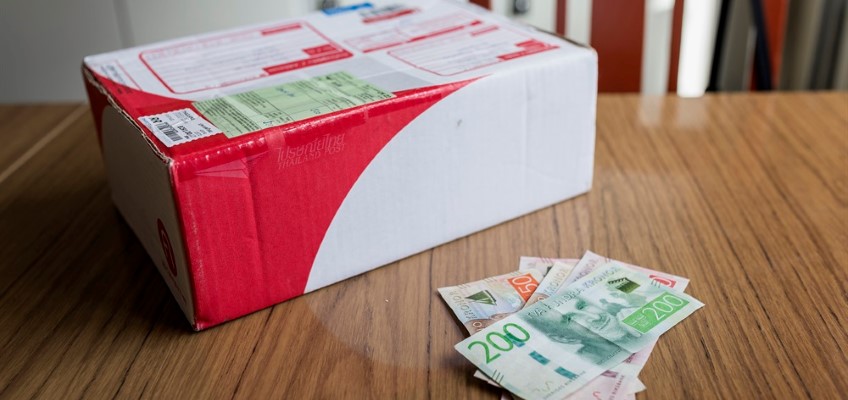Transports in E-commerce

The E-commerce in Sweden has had an explosive development in the last few years, and its turnover has almost four folded in ten years. Today, eight per cent of the turnover in total retailing is through E-commerce. E-commerce creates new demands for transport and affects both transport of goods and of people, shows a new report from Transport analysis.
Full Report (in Swedish)
The digitalization of the society favours the emerging E-commerce. Buying something "on the internet" can be a substitute for buying a similar good in brick-and-mortar retailing, and E-commerce has thereby a potential of saving transport. However, there are several factors that can offset this potential of saved transport. There is a rebound effect which means that if a shopping trip is saved by E-commerce, there may be money/energy/will to make another trip instead so that in fact, no transport is saved. There is also a feedback effect in the sense that E-commerce affects shopping habits with potentially more shopping, more fragmented shopping, and many returns. These factors affects both transport of goods and passenger trips.
If we compare a trip with passenger car to a brick-and-mortar store a few miles away, with the corresponding purchase through E-commerce, E-commerce is more efficient regarding transport. Delivery with a much more efficient goods vehicle to the home or to a pick-up point will save negative environmental impact. E-commerce has the potential to save transport but it also generates new transports. E-commerce is transport-intensive being global by nature and with substantial return flows. Besides, there are some important aspects of E-commerce that affects its transports: quick deliveries, often flexible delivery points, many times free shipping and not seldom free returns.
In this report we map the official statistical sources and how, if at all, they can help us to measure transport in E-commerce. In short, there are very few sources with statistics which contain anything specifically about any aspect of E-commerce. Passenger transports as a result of E-commerce can’t be found in any statistical source. For goods transports there are mainly three statistical sources, held by Transport Analysis, which are of interest: Swedish national and international road goods transport, the Commodity flow survey and statistics of post and packages. In a very short summary these sources to a large extent (but not fully) include goods transports of E-commerce. However, today it is not possible to separately report transports for E-commerce.
In summary, there is not enough data available to follow the transports in E-commerce. Therefore a straight forward comparison of traditional brick-and-mortar shopping to E-commerce, is not possible when it comes to transports. Thereby we cannot conclude whether more E-commerce is beneficial for the environment or rather harmful. Transport Analysis will continue during 2017 to develop our statistics, primarily the statistics of post and packages together with transports with light goods vehicles, for which there are presently no statistics at all. Since the transport patterns following E-commerce are very complex our first priority is to include all goods from E-commerce, while reporting these transports separately is much more complicated.
